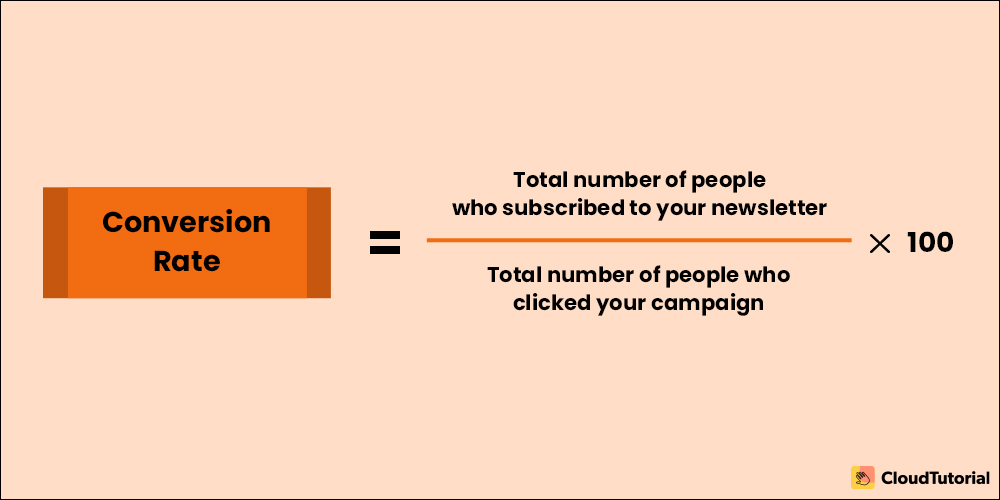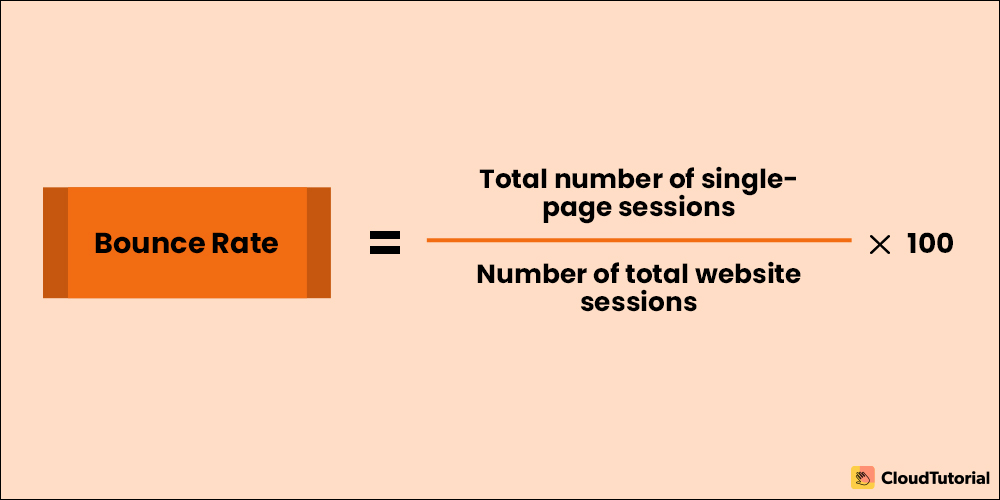Customers who were actively engaged visited their favorite shops 44% more than the ones who were not engaged.
Engaged consumers are the ones that are more attracted to the marketing offers and activities. Such customers are more inclined to buy your product and not your competitors’. By implementing customer engagement metrics, measure and analyze users’ activities. With such observation, you can aim at boosting client satisfaction, increasing their awareness, and encouraging loyalty.
Table of Content
What is a Customer Engagement Metric?
Customer engagement metrics are to measure and see how successful are your marketing efforts. It can help:
- Find out how receptive the audience is to your idea
- How the audience is engaging with your content
- What can be done to improve customer engagement?
If done right, measuring customer engagement can be a simple but useful task. Have a look at what customer engagement metrics are important and how you can measure them.
Customer Engagement Metrics You Need to Track
-
Conversion Rate
Conversion rate is the percentage of people who have performed the desired action of your campaign. This is a great way to see if your campaigns are successful and if you have created ad campaigns that customers want to engage with.
For example, if your desired campaign has a call to action for people to subscribe to your email newsletter, your conversion rate would be of people who did really subscribe to your newsletter. Measuring this matrix will help you identify if your campaign is interesting enough for potential customers to click on and share the information.
How to
Once the campaign is launched and completed, you can calculate your campaign’s conversion rate by:
(Total number of people who subscribed to your newsletter / Total number of people who clicked your campaign ) *100
It is a simple calculation that can help make impactful decisions.
-
Session Time
Session time means the amount of time a user spends on a page or your website in a single visit. Session duration is an essential factor for marketers to measure customer engagement. It helps them identify potential customers’ interests and other useful information.
If more people are clicking on a specific product page, but are not staying there, maybe the information needs to be updated, or the layout of the page is confusing people. There are also cases where the product is not what most visitors are thinking about.
Information like this helps companies dive deep into analytics and modify their strategies accordingly.
How to:
You can simply integrate google analytics into your website and see the session time there.Any tool that helps manage the websites usually measures session times and pages that potential customers visit.
Want to Compile Highly Searched Topics?
CloudTutorial KB platform tracks every article’s value and emphasizes the ones that need updates!
-
Return Users
Measuring if your users are coming back or not is an important factor. It helps see customer engagement scores. By measuring return users, you can see:
- If registered users are coming back or not.
- What value do your customers give to your brand?
- If your newly offered discounts are helping return customers buy something new from your eCommerce website.
How to
Again, using google analytics can help you measure and see if the views are from return users or new ones. If your website lets users create an account, it also can measure and see if a registered user has logged in again and what pages he/she is visiting.
-
Social Media Interactions
Social media is THE place to interact with customers. You can showcase your products and see what response it gets. This response can be a good indicator to see if the posted idea is worth something or not.
Likes, shares, and comments can help see the customer response around your post. These can be helpful for your business as they are from real people who are interested in the niche. Not just this, social media helps marketers to find the relevant trends, which can be adapted to create the right buzz.
How to:
Simply logging in to your social media channels as an administrator can help you analyze all the likes, shares, and comments. You can also do an in-depth analysis of impressions and engagement. Other tools like Buffer also help manage and analyze social media interactions.
-
NPS Score
NPS (short for Net Promoter Score) is used to measure how likely your customer is going to recommend you to his friends and colleagues. This is a useful customer engagement metric to measure your customers’ satisfaction with your service and your product.
How to
You can measure your NPS score by simply asking your customers through surveys. You can ask questions like
- How likely are you to recommend us to your friends and colleagues
- Any suggestions you want to make that will make your experience with us more user-friendly?
- On a scale of one to ten, how would you rate our product?
For maximum engagement, and to make it more user friendly, you can:
- Add a 1-10 point checkbox below the question for the users to pick from.
- Put these questions at the end of a user flow.
- Do not ask customers to fill in lengthy forms. Just a simple question would be enough.
This is how you will analyze the response:
- 9-10: Customers scoring this high are most likely to recommend you to their peers. These are loyal customers with high engagement scores.
- 6-8: They are your customers but are likely to switch brands if they find a better alternative.
- 1-5: They do not like your product and are probably harming your brand with negative feedback.
With this information, you will know your most loyal customers. Reward them with discounts and gifts. Similarly, you have customers who do not like what you offer. Talk to them and try to understand your shortcomings.
-
Bounce Rate
Bounce rate is the rate of visitors who simply visit your website without engaging anymore and leave the website in seconds. This is an important metric that helps measure user experience.
If visitors have visited your landing pages or one page but have closed the website, it means you have a high bounce rate. On the other hand, if users have visited a number of pages and have a higher engagement score, it means they have a low bounce rate.
How to
You can measure bounce rate by using the following formula.
Bounce Rate = Total number of single-page sessions / Number of total website sessions
Make sure you measure it accurately. The simplest way is to integrate google analytics on your website/system. It also measures average sessions, active users on the website right now, where the user base is from, and user engagement level.
-
Custom Metrics
There are a few useful metrics that you can measure based on the type of business you run and what your goal is.
If you are running an eCommerce website, you can measure the number of times the same user has purchased products from you. This can help detect the likelihood of re-purchase. It is also important to track what customers buy next after purchasing another product.
If you have a blog, you can measure how many users who have created a blog account are logging back to read/contribute. If the number is low, that means users find the topic useful but are not finding anything interesting enough on your blog to log back in.
Quick Tips to Increase Customer Engagement
Whatever matrices you measure, are used to increase customer engagement for your business. A knowledge base for your saas product can increase customer engagement score as well as customer satisfaction by offering quick solutions to their problems.
Knowledge bases like CloudTutorial offer a lot of useful features that help increase user engagement. Customers tend to look for answers in the knowledge base when they are facing any problem. Even if new users search for answers and do not know the keywords, they can understand the misspelled word and adjust product results accordingly.
CloudTutorial can measure user engagement metrics and other useful analytics like
- Daily active users
- User action performed per session
- How many pages per session are visited by the user
- Which product has the most questions asked
- Which features are most useful
- Measure adoption rates and new users registered
Your team can analyze these metrics and use them for a better customer journey, which will ultimately lead to a better customer experience. Other features include product categorization, adding tags, custom HTML/CSS, and much more.

Aiming to Improve Your Customer Engagement?
CloudTutorial allows you to answer your customers’ queries in real time and decrease tickets by 80%.
FAQs
- Segregate data by category and sub-category
- Customize domain, fonts, theme, and contact form
- Generate content and documents on-the-go
Conclusion
As per the goal of your campaign, you may select customer engagement metrics from those mentioned above. Such data insights and CRM reports will help you in forming your marketing budget on projects that have ignited engagement.
With CloudTutorial, store and monitor customer engagement that helps you understand how your customers are responding and what steps should be taken to encourage engagement. To know how CloudTutorial helps you decrease customer tickets by 80% and boost overall customer satisfaction, sign up for free and experience the benefits.
Try it out before you decide.
Create a test article NOW!
Using this tool, all you have to do is add your first test article and see how it looks. Now, you don’t have to sign-up or login into CloudTutorial software just to check how your first article appears.



